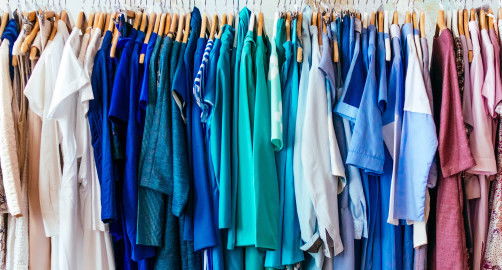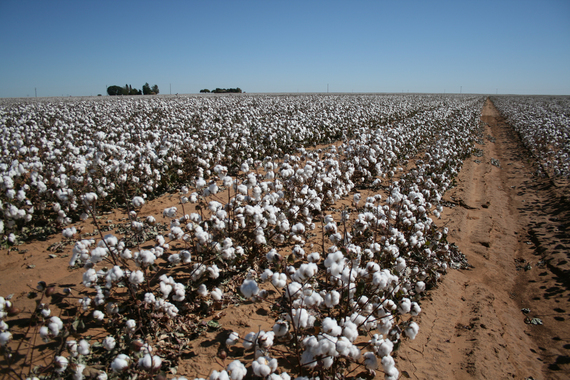The Environmental Impact Of Clothing

The Environmental Impact Of Clothing
Sam Williams
Christmas is approaching fast, the high streets are alive with shoppers, and presents are mounting up ready to be wrapped. Among the most popular of gifts are clothes; after all, we love to look good. But, do we really need them?
I recently wrote about 'millennials' wasteful ways - our high consumerist, and high impact lifestyle. This week I'm delving a little bit deeper, discussing our relationship with clothes.
(Image via Unsplash)
Clothing is something I enjoy - if I look good, I tend to feel good - I'm sure a lot of you feel the same. And I would be the first to admit that I've probably got too many clothes, accumulated over the years, now stored at home collecting dust. But they're not doing any harm, right?
The global garment market is huge, estimated in 2012 to be worth US $1.7 trillion, and employing around 75 million people in 2014. The manufacture of clothing has been invaluable for many developing nations in building a strong economy, especially China, Bangladesh and India. This global industry has been vital for these nations, and others, but as is usual with production of this scale, the environment pays the price.
The growth of natural fibres, such as cotton or wool, can be agriculturally damaging; more chemical pesticides are used for the growth of cotton than any other crop. Then there is the production of non-natural fibres from petrochemicals, which during production, releases nitrous oxide - a greenhouse gas is 310 times more damaging than carbon dioxide.
(Southern Tenant Farmers Museum)
But the production is only part of the problem. The annual waste, water and carbon footprint of new and existing clothing in each UK home equates to 100 pairs of jeans, over 1000 bathtubs of water and the emissions released from driving a car for 6000 miles.
The average value of the clothes in our homes is £4000, but only 30% of them have been worn in the last year; the cost of this unused clothing in the UK is estimated to be around £30 billion. That's a staggering amount of money to be sat in boxes and bags doing nothing.
The causes of this wasteful practice are many; we are in the west excited by new clothing and looking good - who can blame us? But for the sake of the planet and our pockets, we cannot go on.
The Solutions
The good thing is there are plenty of ways we can reduce the burden on our planet and our pockets, and easily at that.
The first and most obvious course of action is wearing your clothes for longer. We spend approximately £1700 per household on clothes each year, the majority of which is wasted. Wearing 50% of your clothes for longer will save you over £800 - that's an entire holiday!
Take advantage of the apps and sites out there where you can sell your unwanted garments - Depop is my favourite. I've sold 6 items so far and made almost £150, and it's so easy! You'll be putting money in your pocket and reducing your footprint massively.
And if you really can't resist the urge to buy more clothes, buy pre-owned. The price of clothing on these pre-loved sites is but a fraction of the new stuff - it's a win-win.
Lastly, we all have those clothes that are worn out, too small, and just not fashionable anymore. The answer - donate them. There are countless clothes banks and deposit sites all over the country where your clothes will be put to good use by people far less fortunate than us. You'll be freeing space in your home, reducing waste and performing a very good deed - what's not to like?
So go forth, save yourself money, reduce your impact and donate. You know you want to...
Sam Williams, The Huffington Post


